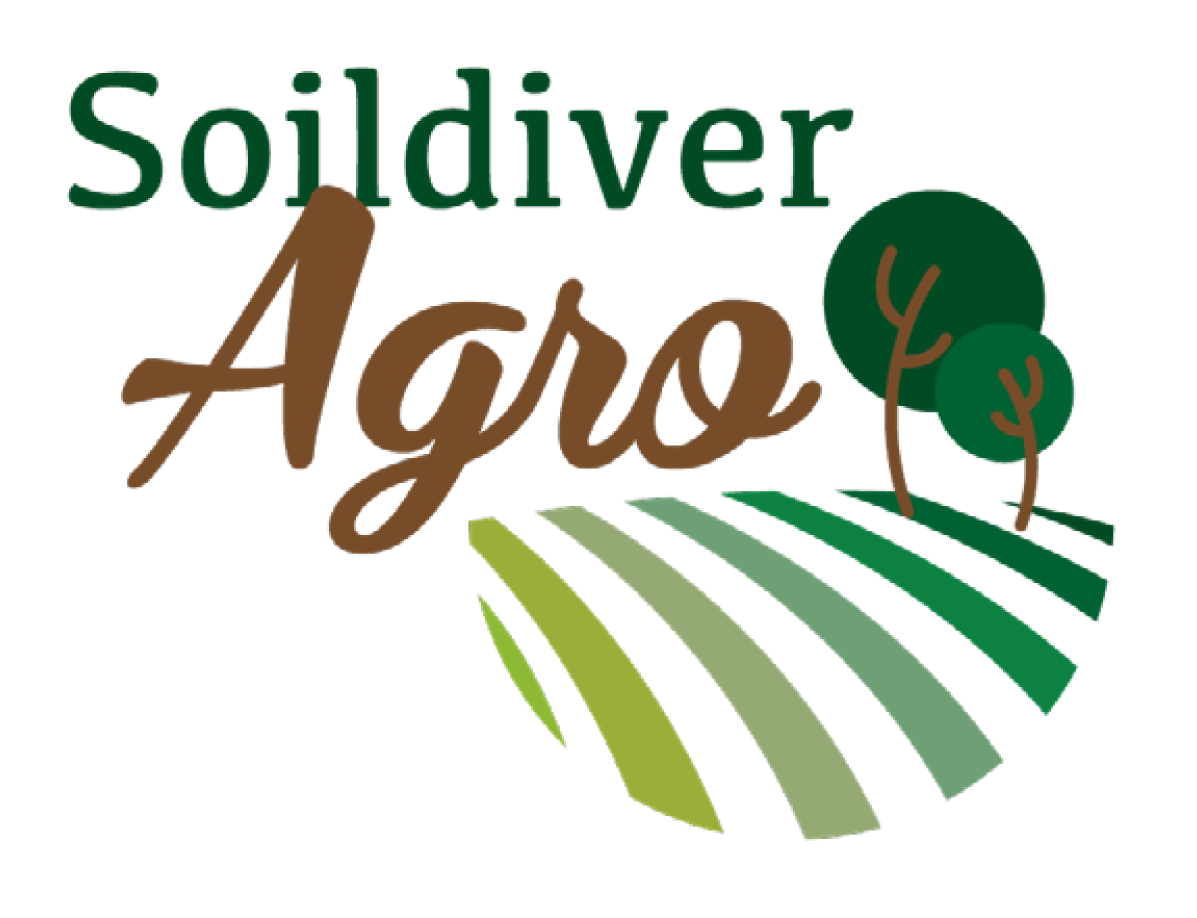Case Study 14
Contrasting continuous plant cover with inversion tillage in wheat fields. Boreal (Finland)

Which problem will be solved
Organic agriculture relies on mouldboard ploughing for weed control. Inversion tillage and related overwinter fallow is seen to be detrimental to soil organisms and soil health, but the results are not conclusive. The case study will provide results on what happens to soil health when a continuous plant cover crop rotation with shallow tillage is interrupted with mouldboard ploughing.
State of the art
In spite of the drawbacks, organic agriculture relies heavily on mouldboard plough to control weeds. Farmers have misconceptions on its effectivity, some even suggesting that it improves soil health by increasing water infiltration and storage. Some farmers have tested non-inversion tillage in organic farming, but the benefits have not been quantified.
The objective is to experiment and quantify what inversion tillage does to a soil ecosystem, and how it influences plant nutrient uptake and health.
Proposed management practices
The test fields have been managed with organic farming with continuous plant cover and minimum tillage. The experimental plots will be ploughed and the control will continue as it has.
Progress with the case study in relation with the state of the art
Providing evidence on the damage that inversion tillage does to soil structure, health and biology.

